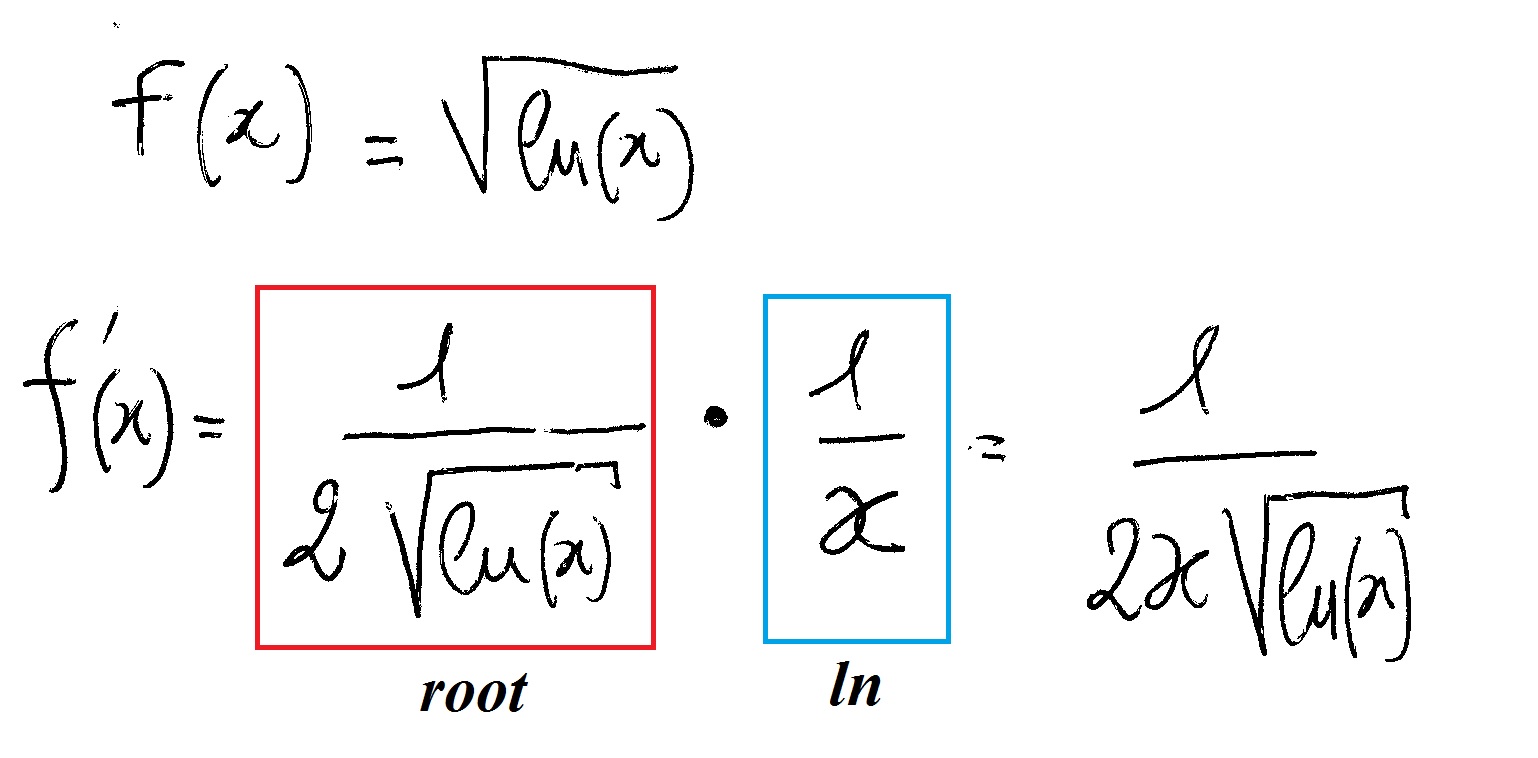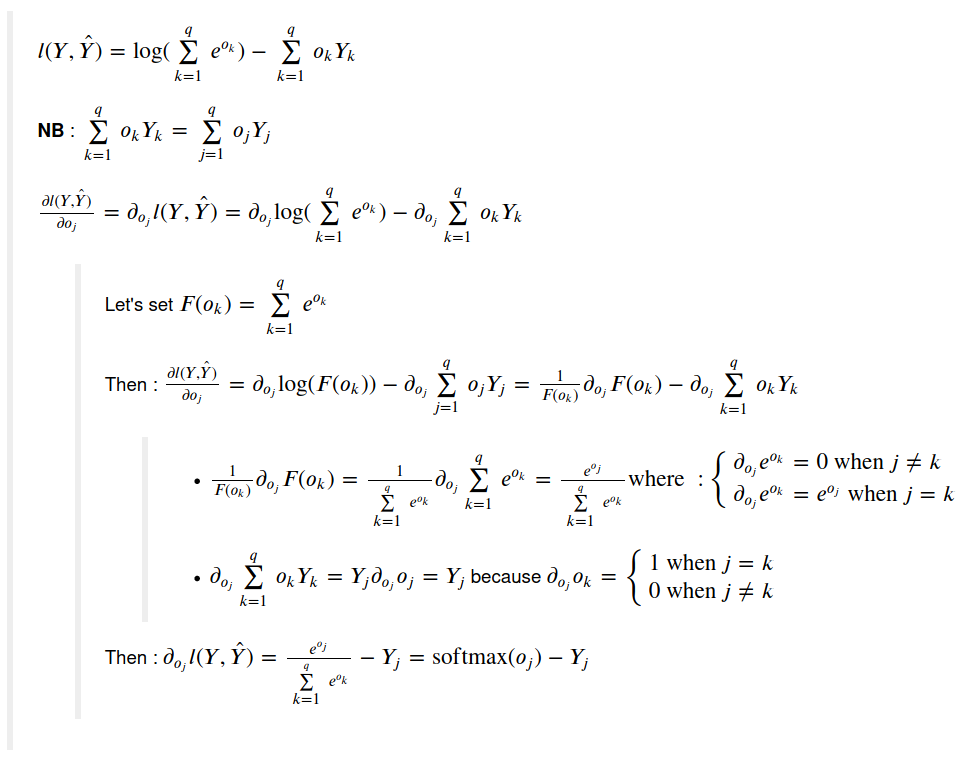
Let’s take a closer look at it through the lens of a formula you have seen before: compound interest. (Like pi, it continues without a repeating pattern in its digits.) e is sometimes called Euler′s number or Napier’s constant, and the letter e was chosen to honor the mathematician Leonhard Euler (pronounced oiler).Į is a complicated but interesting number. Although this looks like a variable, it represents a fixed irrational number approximately equal to 2.718281828459. While the base of a common logarithm is 10, the base of a natural logarithm is the special number e. Natural logarithms are different than common logarithms. You can remember a “common logarithm,” then, as any logarithm whose base is our “common” base, 10. Recall that our number system is base 10 there are ten digits from 0-9, and place value is determined by groups of ten. Note: You’ll find it helpful to record which properties you use at each step, both to help you be sure you’re using them properly and as a way to help you find errors.A common logarithm is any logarithm with base 10. You can use the properties of logarithms to combine these logarithms into one logarithm. The equations may also include more than one logarithm. The check shows that with rounding accounted for, a true statement results, so you know that the answer is correct. (-2.80) 2 and (+2.80) 2 are both positive we don’t need to check +2.80 separately.Īpply the change of base formula to switch from base 5 to base 10.


Round to the nearest hundredth.Ĭheck your answer by substituting the value of x into the original equation. Don’t forget that when using the square root property, both positive and negative roots must be considered.

In this case, divide both sides by 3, then use the square root property to find the possible values for x.

Rewrite this logarithmic equation as an exponential equation.


 0 kommentar(er)
0 kommentar(er)
